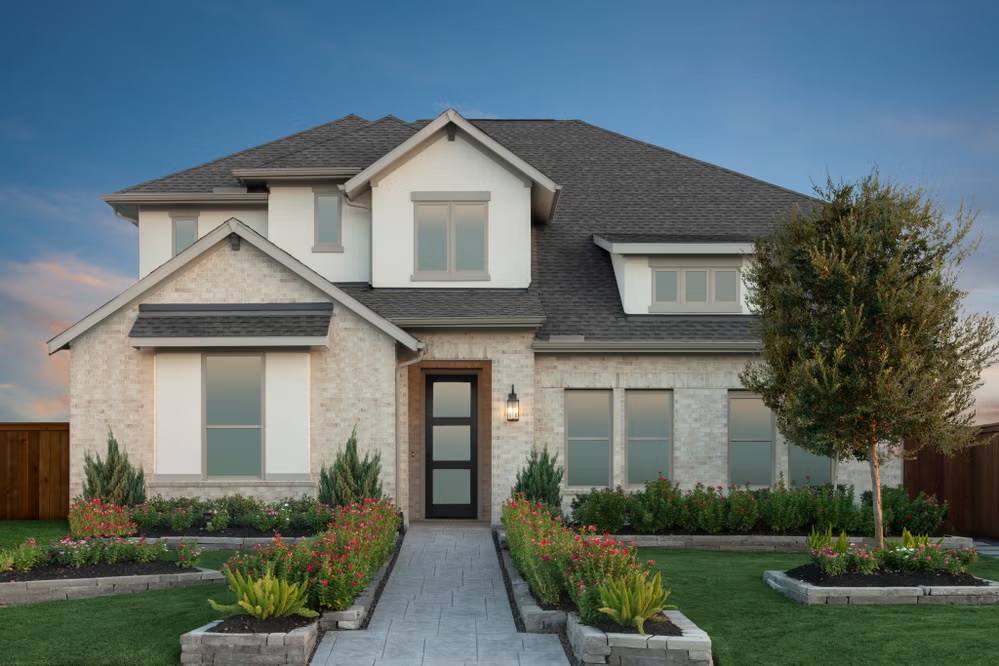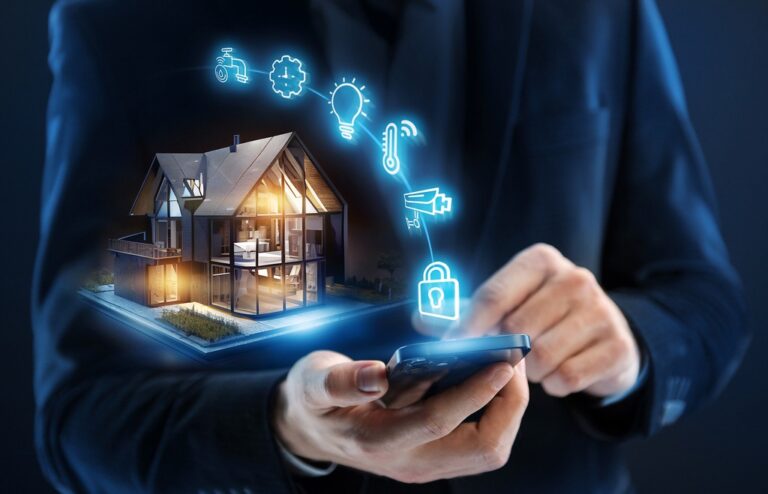Introduction
A home is far more than just a building or a set of rooms—it is a reflection of who we are, a sanctuary from the world, and a space where memories are created. From the cozy corners of a reading nook to the open layout of a modern kitchen, every home tells a story. Understanding how to balance comfort, functionality, and personal style is key to creating a living space that nurtures both body and mind. In this comprehensive guide, we will explore the essential aspects of a home, from architecture and interior design to organization, sustainability, and lifestyle.
The Meaning of Home
The concept of home transcends bricks and mortar. Psychologically, a home provides a sense of safety, stability, and belonging. It is where people retreat after work, celebrate milestones, and build relationships. Emotional ties to a home can influence well-being, productivity, and overall life satisfaction. Homes also reflect cultural values, architectural traditions, and personal taste, making them a canvas for self-expression.
Home Design and Architecture
Modern vs. Traditional Homes
Homes come in a variety of architectural styles, each serving unique aesthetic and functional purposes:
- Modern Homes: Characterized by clean lines, open floor plans, and minimalistic aesthetics, modern homes emphasize natural light and functional spaces. Materials like glass, steel, and concrete are commonly used to create sleek, contemporary looks.
- Traditional Homes: Rooted in historical styles, traditional homes feature intricate details, warm materials like wood and stone, and a sense of nostalgia. They often include defined rooms, decorative moldings, and classic furniture styles.
Key Architectural Features
- Open Floor Plans: Facilitate social interactions and make spaces appear larger.
- Natural Lighting: Improves mood, reduces energy costs, and enhances the appeal of interiors.
- Outdoor Integration: Incorporating patios, balconies, or gardens blurs the line between indoor and outdoor living.
- Energy Efficiency: Modern architecture often integrates insulation, solar panels, and smart home systems to reduce environmental impact and utility costs.
Interior Design: Crafting Comfort and Style
Color Schemes and Materials
Choosing the right color palette and materials is crucial for creating a cohesive atmosphere. Neutral tones like beige, gray, and cream provide a calming backdrop, while pops of bold color add personality. Materials such as wood, metal, and natural fibers can enhance texture and warmth.
Furniture and Layout
Functional furniture that aligns with your lifestyle is essential. Consider:
- Ergonomics: Comfortable seating and workspaces reduce strain and enhance usability.
- Space Optimization: Multi-functional furniture like sofa beds, storage ottomans, and modular shelving maximizes available space.
- Flow and Accessibility: Arranging furniture to allow natural movement between rooms improves both comfort and practicality.
Lighting and Ambiance
Layered lighting, including ambient, task, and accent lighting, allows for flexible use of spaces. LED lighting is energy-efficient and long-lasting, while dimmers and smart lighting systems provide control over mood and energy consumption.
Home Organization: Decluttering and Storage Solutions
A well-organized home promotes mental clarity and reduces stress. Key strategies include:
- Decluttering Regularly: Regularly assessing possessions ensures spaces remain functional and inviting.
- Storage Solutions: Built-in cabinets, under-bed storage, and wall-mounted shelves make use of vertical space and reduce clutter.
- Labeling and Categorization: Organizing items by category and purpose simplifies retrieval and daily routines.
Home Maintenance: Protecting Your Investment
Regular upkeep preserves the beauty and functionality of a home:
- Structural Maintenance: Inspect roofing, plumbing, and electrical systems to prevent costly repairs.
- Seasonal Maintenance: Tasks like gutter cleaning, HVAC servicing, and landscaping upkeep are essential for longevity.
- Smart Home Monitoring: Sensors and smart systems detect leaks, temperature changes, and security issues early.
Sustainable and Eco-Friendly Homes
Environmental consciousness is increasingly important in home design and lifestyle:
- Energy Efficiency: Solar panels, energy-efficient appliances, and LED lighting reduce environmental impact.
- Sustainable Materials: Using recycled, reclaimed, or renewable materials minimizes resource depletion.
- Water Conservation: Low-flow faucets, rainwater harvesting, and efficient irrigation systems reduce water usage.
- Indoor Air Quality: Plants, proper ventilation, and non-toxic materials improve health and comfort.
Personalizing Your Home: Expression and Lifestyle
A home should reflect the personality and lifestyle of its occupants:
- Artwork and Décor: Paintings, photographs, and sculptures add character and foster inspiration.
- Collections and Memorabilia: Family heirlooms, travel souvenirs, and personal collections create a sense of identity.
- Smart Technology: Smart thermostats, home assistants, and security systems enhance convenience and safety.
- Recreational Spaces: Dedicated areas for hobbies, fitness, or entertainment improve quality of life.
The Role of Outdoor Spaces
Balconies, gardens, and patios are extensions of indoor living, offering areas for relaxation, socialization, and connection with nature. Landscaping can include native plants, water features, and seating arrangements to create functional, serene outdoor environments.
Home and Community
Homes exist within neighborhoods, towns, and cities. Strong community ties improve safety, social interaction, and overall well-being. Proximity to schools, healthcare, shopping, and recreational areas influences lifestyle and property value.
Technology in Modern Homes
The integration of technology has transformed the concept of home:
- Smart Homes: Automating lighting, heating, security, and appliances increases convenience and energy efficiency.
- Home Entertainment: Streaming devices, sound systems, and immersive setups enhance leisure activities.
- Remote Work and Study: Dedicated office spaces, high-speed internet, and ergonomic furniture support productivity.
Financial Considerations in Home Ownership
Owning or maintaining a home involves financial planning:
- Mortgage Planning: Understanding interest rates, loan terms, and down payments is critical.
- Insurance: Home insurance protects against natural disasters, theft, and liability.
- Investment Value: Real estate can appreciate over time, offering long-term financial security.
- Renovations and Upgrades: Strategic updates can improve comfort, energy efficiency, and resale value.
Conclusion
A home is a dynamic, living entity that embodies comfort, style, and personal expression. From architectural decisions to interior décor, maintenance, and technology integration, every choice influences daily life, well-being, and long-term satisfaction. By thoughtfully balancing functionality, aesthetics, and lifestyle preferences, a home becomes more than just a residence—it becomes a sanctuary, a reflection of identity, and a foundation for memories that last a lifetime.
FAQs
1. How can I make a small home feel more spacious?
Use light colors, mirrors, multi-functional furniture, and open floor plans to create an illusion of space and maximize usability.
2. What are the most energy-efficient home improvements?
Installing solar panels, upgrading insulation, switching to LED lighting, and using energy-efficient appliances can significantly reduce energy consumption.
3. How often should I declutter my home?
Decluttering seasonally or every few months helps maintain organization and prevents the accumulation of unnecessary items.
4. What are some ways to personalize a home without major renovations?
Add artwork, decorative pillows, rugs, plants, and statement furniture pieces that reflect your personality and style.
5. How important is natural lighting in home design?
Natural lighting improves mood, reduces energy costs, and enhances aesthetics. Incorporate large windows, skylights, and reflective surfaces for maximum effect.
6. Can smart home technology increase property value?
Yes, features like automated lighting, security systems, thermostats, and home assistants can increase convenience, energy efficiency, and market appeal.
7. What are the key elements of a sustainable home?
Energy efficiency, sustainable materials, water conservation, and indoor air quality are essential for eco-friendly living.
8. How can outdoor spaces improve quality of life at home?
Outdoor areas provide relaxation, socialization, gardening opportunities, and a connection to nature, enhancing overall well-being.
This article provides a thorough guide for homeowners and prospective buyers to create, maintain, and enjoy a home that combines style, functionality, and personal expression.














